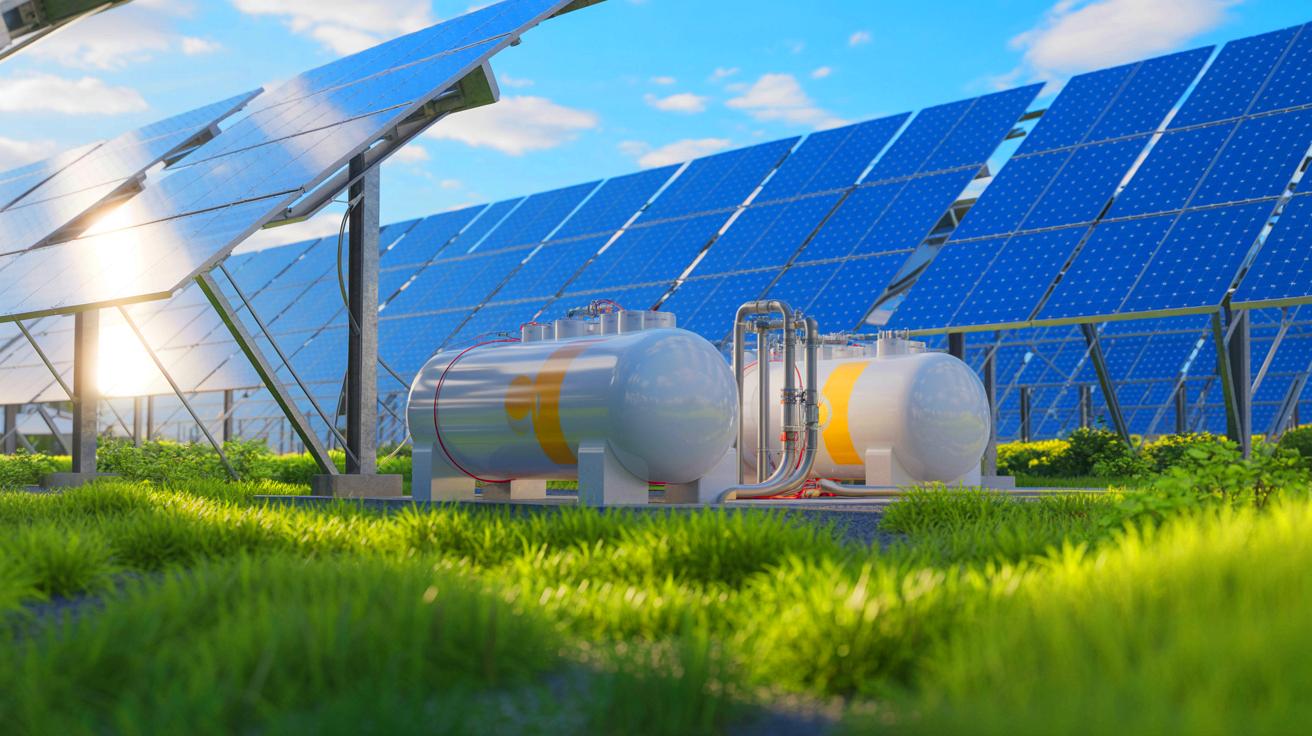Revolutionizing Solar Hydrogen Generation: Unlocking Efficiency Through Temperature Optimization
Key Ideas
- Researchers have increased solar hydrogen production by 40% through optimizing electrolyte temperature in bismuth-vanadate photoelectrodes.
- The study provides crucial insights into the impact of temperature on metal oxides, paving the way for more efficient and cost-effective energy solutions.
- Advancements in solar hydrogen technology could accelerate its journey from the lab to the marketplace, offering a cleaner and sustainable energy future.
- Understanding the dynamics of surface interactions and temperature effects contributes to further innovations in solar fuel technology.
In a groundbreaking discovery, researchers have enhanced solar hydrogen production by 40% by optimizing the electrolyte temperature in photoelectrodes, particularly focusing on bismuth-vanadate materials. This advancement not only promises increased efficiency in solar fuel technology but also offers a more economically viable solution for clean energy. The study, conducted at the Center for Functional Nanomaterials at Brookhaven National Laboratory, sheds light on the crucial role of temperature in improving metal oxides' performance and overall hydrogen production efficiency.
Solar hydrogen generation, seen as a key player in the pursuit of clean energy, involves converting sunlight into hydrogen fuel through water splitting. Integrating this technology with existing systems could lead to more cost-effective energy solutions. The research emphasizes the importance of utilizing materials like bismuth and vanadium due to their affordability and stability, with a focus on optimizing their performance under varying temperature conditions.
The study's findings on elevated temperatures' impact on bismuth vanadate photoanodes were remarkable, showing a 40% increase in photocurrent density and improved charge carrier separation within the material. The research also revealed irreversible surface reconstruction on the material during photoelectrochemical reactions at higher temperatures, providing new insights into cell surface interactions during water splitting.
By deepening our understanding of temperature influences and surface dynamics, researchers aim to advance solar hydrogen technology for more efficient energy production. These developments have the potential to reduce reliance on fossil fuels, combat climate change, and pave the way for a sustainable energy future. As innovation in solar energy continues, the next steps involve integrating these advancements into practical solutions for widespread adoption.
